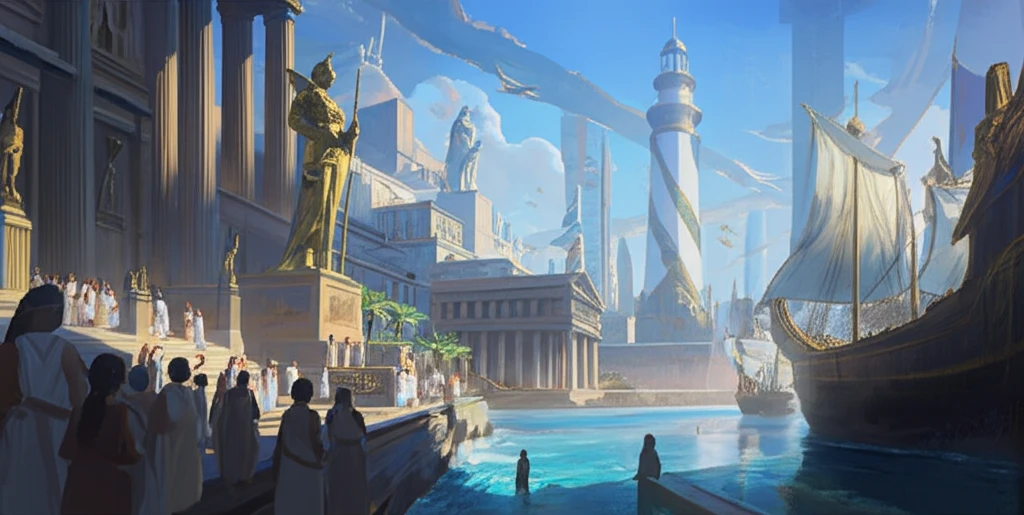
Unlocking Ancient Egypt: How Graeco-Roman Settlements Shaped Urban Life
"Delve into the distribution, structure, and architecture of Graeco-Roman settlements in Egypt and discover the urban planning that influenced modern life."
The definition of an ancient settlement, whether it qualifies as a city, town, or village, remains a subject of ongoing debate. Scholars often limit their classifications to the select few 'poleis'—Alexandria, Naukratis, Ptolemais Hermiou, and later, Antinoopolis—and the 'metropoleis,' considering only these as true urban settlements. Everything else is often simply labeled as villages.
However, this classification overlooks the complex reality of urbanism and settlement patterns in Egypt, proving inadequate for a more nuanced understanding. The Egyptian landscape was dotted with wide, intricate settlements featuring vast temple enclosures. To dismiss these as mere villages would be a gross oversimplification.
Finding a solution to this issue requires moving beyond ancient Egyptian or Greek terminology, which lacks the technical precision needed for modern analysis. Nor can we simply categorize Egyptian settlements as urban (cities) or rural (villages) based on economic activities, given that agriculture, the country's primary resource, was fundamental everywhere. Instead, a robust classification must combine quantitative data from archaeological and textual sources with qualitative insights into administrative functions.
The Distribution of Power: Graeco-Roman Settlements

From the dawn of the Ptolemaic Period, Egypt saw the rise of numerous new settlements, particularly in the less densely populated areas of the chora and the Fayyum. These settlements weren't just random expansions; they were strategically placed and designed to maximize resource control and administrative efficiency. Alexandria, assuming its role as capital from 320 BC, exemplifies this shift, overshadowing Memphis, which had been the capital for thousands of years. Alexander the Great founded it in 331 BC, enlisting the talents of architect Deinokrates of Rhodes.
- Alexandria's Strategic Importance: Alexandria's coastal location was key to its economic and political power.
- Economic Diversification: Settlements were classified based on more than just agriculture, considering economic activities and administrative roles.
- Coastal Trade Centers: Ports like Kanopos and Herakleion supported Alexandria's trade dominance.
- Inland Connections: Canals and roads linked coastal cities to inland regions, fostering economic integration.
Unveiling a World of Innovation
In conclusion, the Graeco-Roman settlements in Egypt present a compelling narrative of cultural fusion, strategic urban development, and economic innovation. These settlements, far from being mere extensions of Greek or Roman culture, were unique entities that blended classical influences with deep-rooted Egyptian traditions. Through meticulous archaeological investigation and continuous scholarly inquiry, we continue to uncover the rich tapestry of life in these ancient urban centers, gaining insights that resonate even in today's world.
